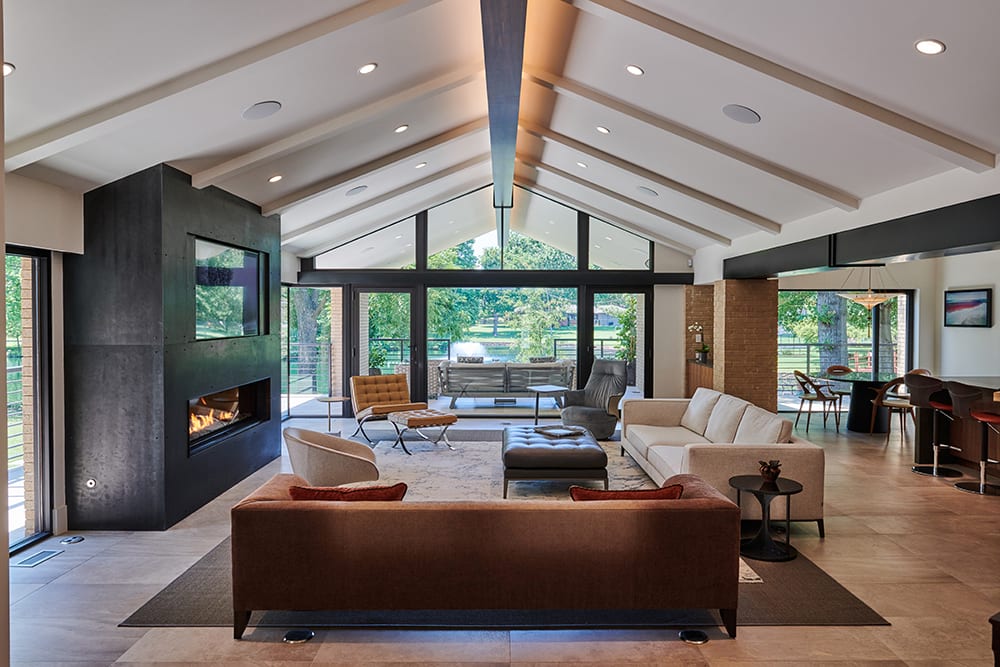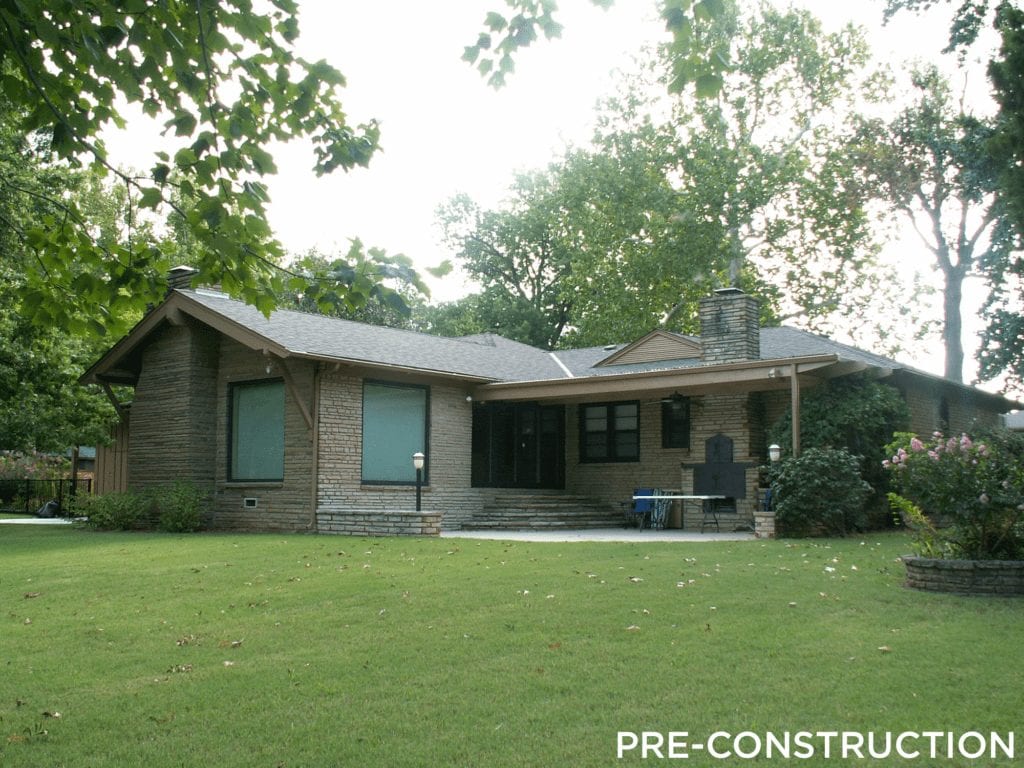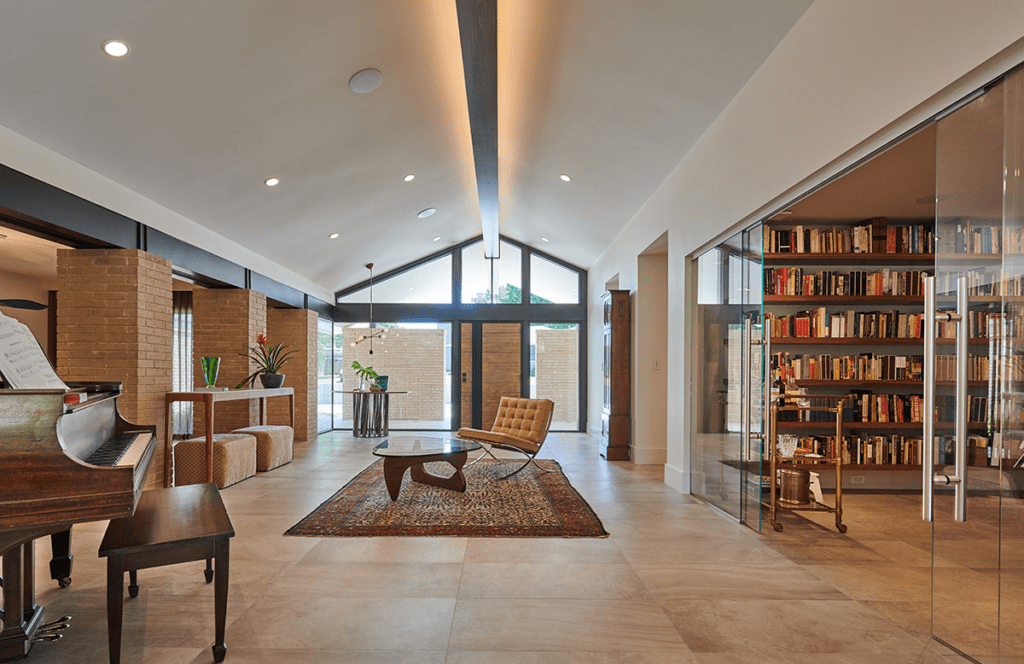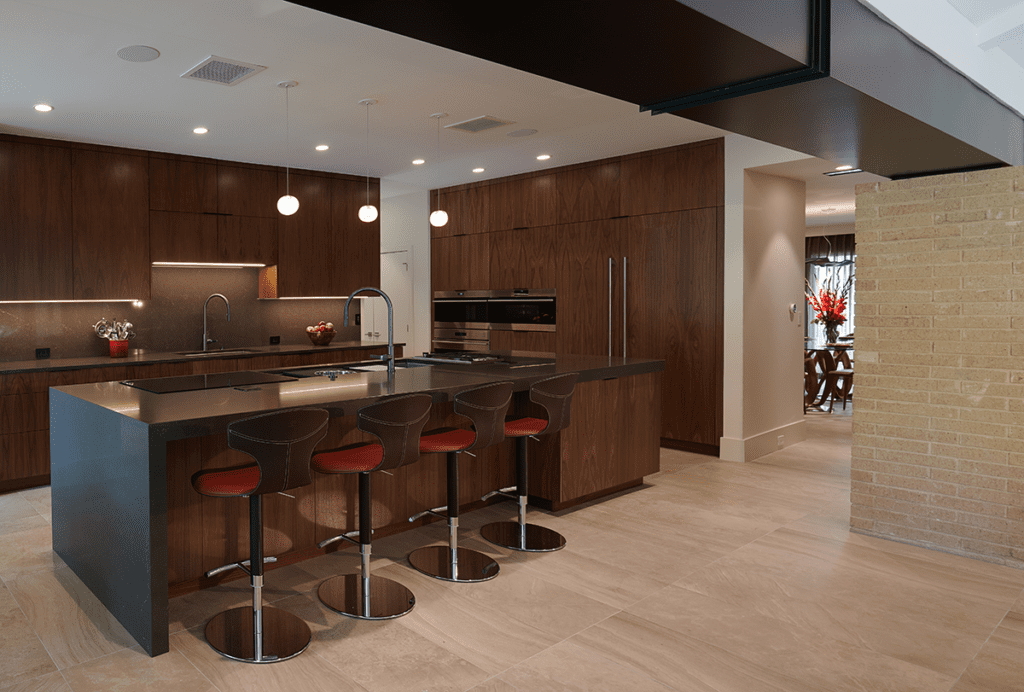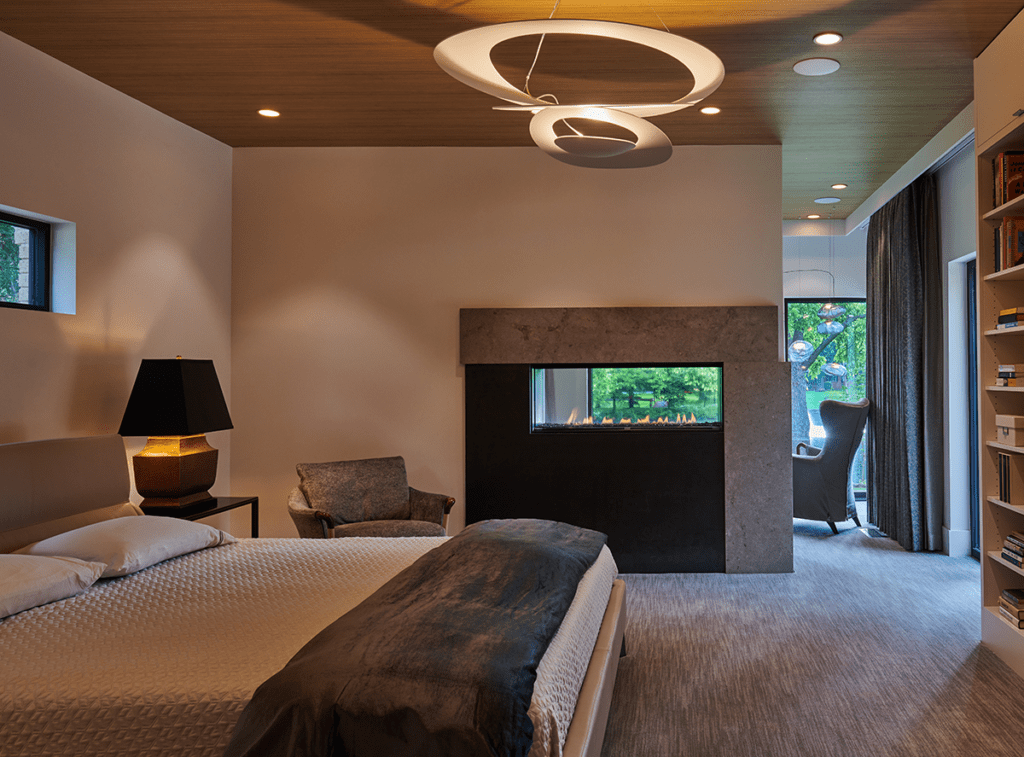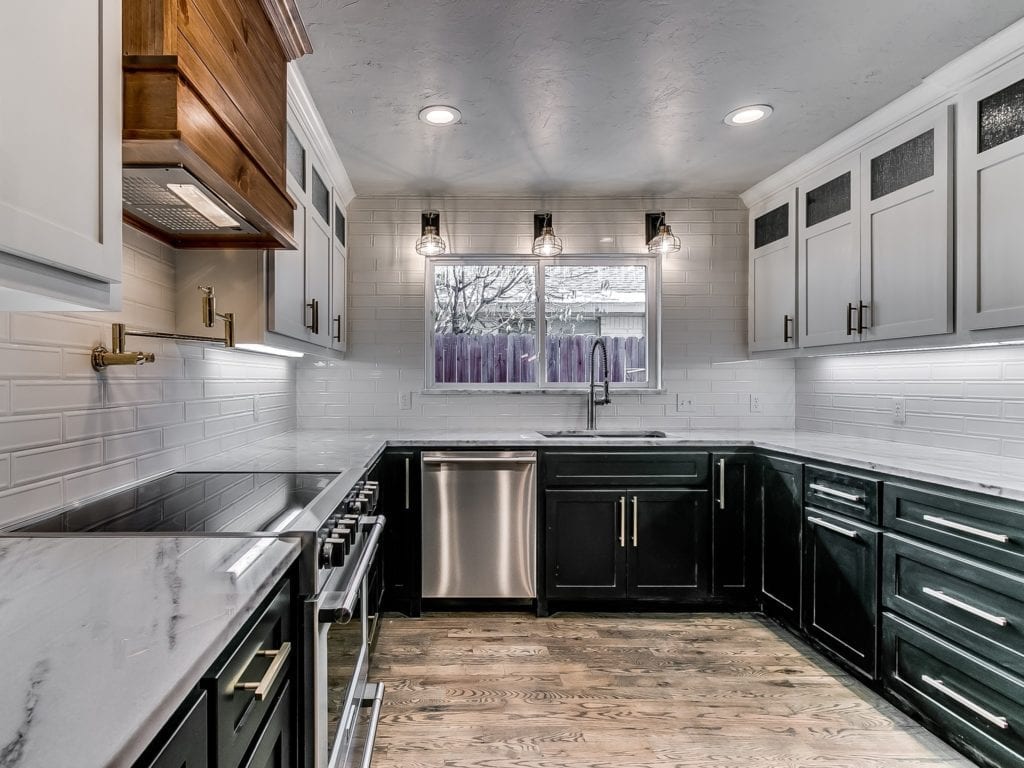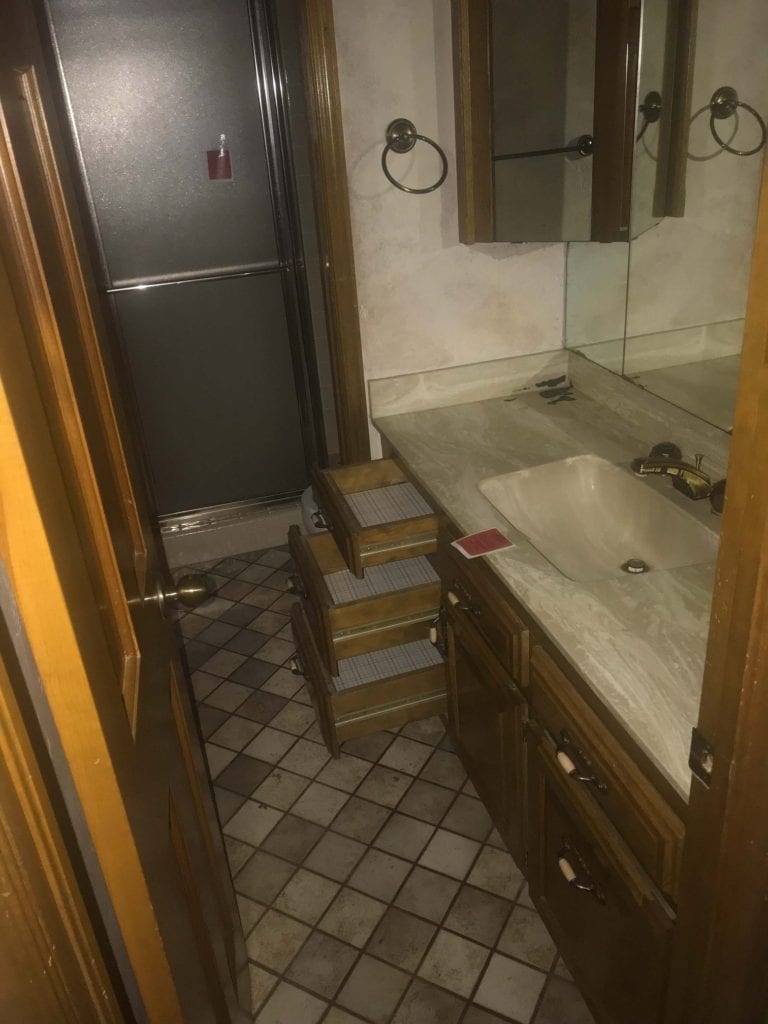Turning ideas and desires into a reality requires taking the renovation plunge … either by yourself or with the help of an expert in the field. Planning keeps goals in mind throughout the process.
Sometimes you want to do just a little … a small project here or there. At other times, especially if you don’t have to worry about budget considerations, you can go overboard with a renovation. The late Charles Faudree, a nationally known interior designer, often espoused decorating excess by saying, “Too much is never enough.”
Don’t let fear guide a remodeling project. Embrace this rewarding opportunity to try new colors, see a room in a different way and experiment with popular design themes.
DIY vs. Ask an Expert
Maybe you’re a hands-on homeowner who prefers a good do-it-yourself project – more power to you. But it’s important to know when it’s time to hang up your construction hat and call in the experts.
“Any project that’s a simple remodel – that doesn’t really affect the overall flow and function of the home – a homeowner can do themselves,” says Brian Freese of Freese Architecture. “If a project requires some deeper analysis of the function, flow, aesthetics or structure of the home, then it definitely requires a qualified architect.”
In other words – if the project is basic, like painting a room, hanging some shelves or adding accents to furniture, go it alone. You need a few supplies, like a ladder, good brushes, paint rollers and basic carpentry equipment.
But maybe you want to remove a wall to give the room more space. Questions abound: Do you know what’s inside or behind the wall? Are there potential hazards you don’t know about?
The main question when deciding on completing a project solo should be: What’s the worst possible outcome if I do this alone? If the project involves plumbing, wiring, lighting or moving walls, it’s best to play it safe and call an expert. This choice usually saves time, money and stress along the way.
Tools of the Trade
If you want to expand your personal tool belt, Paul Little of Paul Little Construction says “a sawzall [reciprocating saw] is a great tool that will cut anything. You also need a cordless screwdriver, an impact screw gun, a drill, a hammer, a pry bar, safety glasses, gloves, a miter box and ear plugs to curb loud noises.”
Freese adds that for many DIY projects, “a homeowner would need more tools that he or she thinks. Even a modest remodeling project requires a lot of tools to do it right – not just one hammer, a variety of hammers, a variety of drill bits for a cordless drill, more than one kind of saw,” he says.
With a specific renovation in mind, you might need a building permit, especially if the areas you plan to change involve heating, air conditioning, water or plumbing. Insurance is also a must; most contractors and architects carry project insurance.
Organization
You’ve likely spent hours looking at magazines, interior design books or videos for ideas. To consolidate that inspiration, “make a simple scrapbook of favorite ideas” for the professionals you hire, says David Trebilcock of Trebilcock Construction.
Don’t be afraid to go for splashes of bold color or unusual fabrics for upholstery, draperies and pillows to brighten up your home. It’s fun to have pleasant surprises in your decor. This type of planning is a valuable reference for your contractor or architect because it’s your wish list. Detailed discussions before a project begins can save you dollars and time in the process.
Renovation by Room
For most projects this year, Freese sees a few common requests: “Simple open space. Long-lasting, durable materials. Lots of natural light.” Read on for other tips and trends for different areas of the home.
Kitchen
Kent Hoffman of Kent Hoffman Construction suggests using certified designers in overhauling this space.
“They will know if you need to have water or gas lines disconnected or capped before they begin working,” he says.
The center island is more than a work space today. It’s the heartbeat of the modern home – a place for family and friends to enjoy informal dinners, holiday events or casual gatherings. Pendant lighting over the center island is popular.
The center island demands a durable, easy-to-clean counter top; a small sink for food preparation is helpful. These additions don’t have to be new; antique pieces, like an old farm table with new, tall legs, can add bits of history and personality to your kitchen story.
Bathroom
Luxury and personal indulgence should reign here.
Soft, muted colors are calming in this environment. New faucets, his and her sinks and toilets, ample cabinets for storage, luxury showers with multiple water heads, and tile or marble floors are popular this year.
Chandeliers can light up master baths by adding elegance to a once purely functional space.
Master suite
More than just a place to sleep, master suites are havens of relaxation. This room is as important as the kitchen or living area.
A fireplace, plush carpeting, subdued lighting and a seating area for reading, conversation or watching television are popular options. Opt for soothing fabrics, elegant draperies, luxurious bed coverings and complementary pillows.
Some experts create patios adjacent to the master suite that are perfect for morning coffee … or a nightcap before bedtime. Stargazing before slipping into bed under high thread-count sheets is a soothing, end-of-the-day experience.
His and her closets
These parts of the home are particularly important for Kurt Barron, president and CEO of Barron and McClary General Contractors.
“I ask clients to count their shoes, handbags, long dresses and seasonal clothes when designing this space. This is sometimes a forgotten area,” says Barron, adding that the more a contractor knows about a client’s lifestyle and fashion tastes, the fewer the design errors.
After all, this is where you start and end your day, so function is a necessity.
Closets and dressing areas can be expanded with luxurious touches, such as extensive center islands for lingerie, pajamas and jewelry. If it’s a shared closet, two center islands might come in handy. Other amenities include chandeliers, shoe racks for easy access, pull out racks for storage and other accessories, comfortable chairs and a TV.
Barron says a closet needs to be organized and designed to make getting dressed a pleasure and never a chore.
Living area
The open living room, with views of the kitchen and formal dining area, is in vogue. With this seamless look, traffic flows from one room to another and gives the living room a grand feeling – perfect for entertaining.
Most living areas feature fireplaces with comfortable seating for conversation. Eliminating walls is also a trend.
Most contemporary homes have wooden beams to accent vaulted ceilings, which add drama to any room. Nature plays a role here, too, with floor-to-ceiling windows providing lush views of exterior landscaping.
Outdoor living
Forget dragging old lawn chairs from the garage. Today’s outdoor living area is as well-appointed as the rest of the home, with durable furnishings, night lighting, a television, a fireplace, ample seating, a full-service kitchen and a dining area.
It can become an inviting, year-round, second living and entertaining area for friends and family – a perfect incentive for a renovation.






















